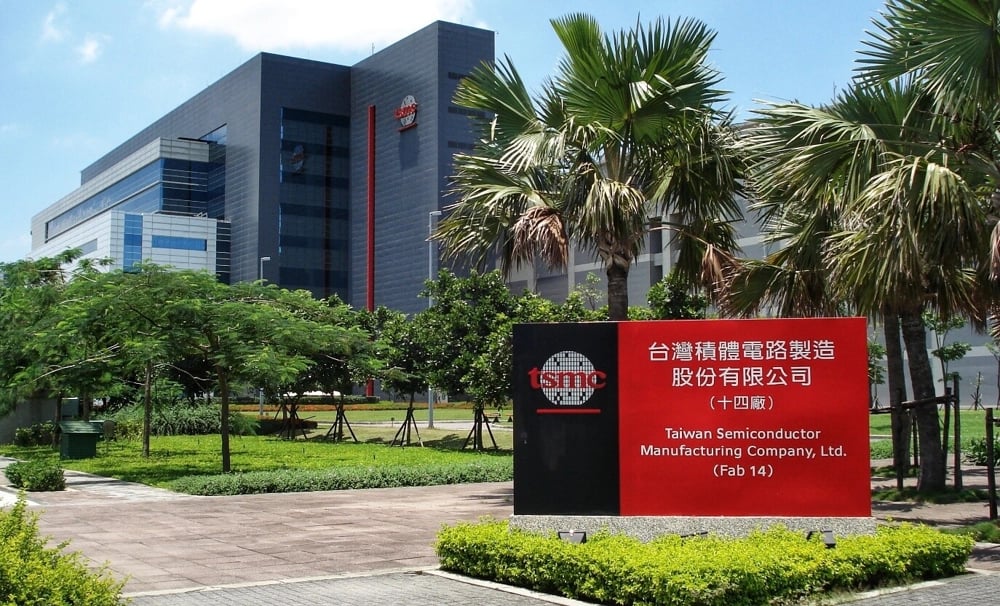TSMC Posts Robust May Revenue Amid AI Demand and Trade Uncertainty
Taiwan Semiconductor Manufacturing Co. $TSM, the world's largest contract chipmaker and a critical supplier to Nvidia Corp. $NVDA and Apple Inc. $AAPL, reported a 40% year-over-year revenue increase in May, reaching NT$320.5 billion (USD 10.7 billion). The surge reflects heightened chip stockpiling activity as global clients react to escalating geopolitical and trade risks, particularly in the context of U.S.-China technological competition. While May’s figure marks a substantial annual increase, month-over-month revenue declined by 8.3%, signaling potential inventory normalization after April’s stronger performance, when revenues surged 48% year-over-year. Despite the sequential dip, TSMC’s aggregate Q2 outlook remains aligned with consensus expectations of ~39% growth, driven by resilient demand in the high-performance computing segment.
AI Chip Supply Still Lags Soaring Demand
CEO C.C. Wei reaffirmed TSMC’s bullish guidance during a shareholder meeting last week, projecting an average revenue growth of 20% in USD terms for 2025. The upbeat forecast is grounded in persistent capacity constraints in AI-related chip production. According to Wei, customer demand, particularly for advanced nodes used in AI accelerators, continues to exceed available supply, a dynamic that has defined the post-ChatGPT semiconductor landscape. TSMC remains the exclusive foundry for Nvidia’s most advanced GPUs, including those used in data centers powering large language models and generative AI applications. Its technological lead in 3nm and 5nm processes positions the company at the core of the AI supply chain, where long lead times and limited alternatives grant it significant pricing power and strategic leverage.

Implications for Global Semiconductor Supply Chains
The sharp increase in TSMC’s May revenue reflects broader movements within global supply chains, where chip inventories are being proactively rebuilt. This comes amid growing concerns around:
Export controls and regulatory risks, particularly from the U.S. and China;
Supply chain redundancy planning by hyperscalers and device OEMs;
Potential disruptions due to Taiwan’s geopolitical vulnerability;
Accelerated AI adoption across enterprise and consumer markets;
Lead-time inflation in advanced node production.
These factors are not only supporting current order volumes but may also create structural tailwinds for foundries with advanced capacity, further entrenching TSMC’s market dominance.

Near-Term Volatility, Long-Term Structural Tailwinds
Despite the cyclical nature of semiconductor demand, the medium-term trajectory for TSMC remains strongly positive. Investor focus is likely to shift toward the sustainability of AI-driven demand, the firm's ability to expand capacity without margin compression, and the broader implications of client reshoring and dual-sourcing strategies.
In the face of rising capital expenditures by rivals such as Samsung Electronics $005930.KS and Intel Corp. $INTC, TSMC’s consistent execution and trusted relationships with top-tier clients provide a moat that continues to translate into revenue resilience — even in a volatile global landscape.















Comments